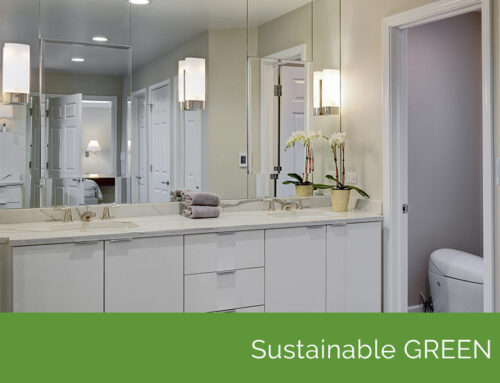Evaluating Your Home Energy Efficiency
We all want to make our lives less dependent on chemical cleaners, making things greener in the process. If you can make your home energy-efficient, then you will lower your carbon footprint while at the same time making your monthly expenses smaller as well. The trick is making sure you evaluate the home beforehand, making sure you know its weaknesses and what you can do to address them and make them better. Many of these tests can be done by yourself, and often in less than an hour. While they will not really tell you everything you need to know, you will at least be able to understand what can be done to improve things. Here are some of the strategies you can use for yourself and information on what you can do with the help of a specialist.
Checking on Windows and Doors
You can begin your efforts by checking up on all your windows and doors to see whether you have any drafts in it. The way to approach this is to close all the doors and windows of your home, then lock them up. Turn on the air conditioning or heating of your home, bathroom fans, hood fans and more. This will help you spot any leaks more efficiently. Light a stick of incense and hold it near your doors and windows and notice if the smoke will flow toward them and where. If you notice a behavior like that, then it means you most likely have a leak in that area.
Paying Attention to the Signs
Take a walk around your home, both on the outside and the inside and check for any signs that your home’s energy efficiency may not be up to par with what it needs to be. Some good examples of that can be worn weather stripping, sealing and caulking becoming deteriorated and so forth. A good thing to look for would be possible gaps in between your windows and the walls, door frames and similar problems you can spot. When you look at the windows, check for ice, frost or any form of condensation on the closed window sashes. If you spot any of the aforementioned, then you will need to keep that area in mind and know that it needs fixing as soon as possible, lest you allow it to grow as a problem and maybe develop moldy spots as a result.
Comparing Temperatures
You must check different ends of your rooms and the temperatures there with an electronic thermometer, as this will allow you to spot any problem areas with greater efficiency. In most rooms there should rarely be a difference of more than a degree or two, and anything more than that could be an indication of a problem that needs solving. Poor air circulation or seals around your windows and doors, as well as cracks in the walls, or corners could be the reason for it.
Hiring a Specialist
The most thorough way of doing that would be to evaluate the home energy efficiency via a design/build specialist who who has specific knowledge and skills about the design of your home and can help you diagnose problems with energy efficiency. While this will certainly be more expensive than what you’re doing, you will have a much easier time dealing with and locating issues that need attention. There are a number of tests they can perform with tools of their own that will prove more useful and effective overall. One of them would be to use an infrared camera to take photos of your home, locating problem areas and where leaks may have occurred. They can perform an air filtration analysis, as well as using a blower to test for leaks as well.
Remember I’m always eager to hear your comments. Contact me at Michael@michaelmenn.com or at 847.770.6303
Best,




















